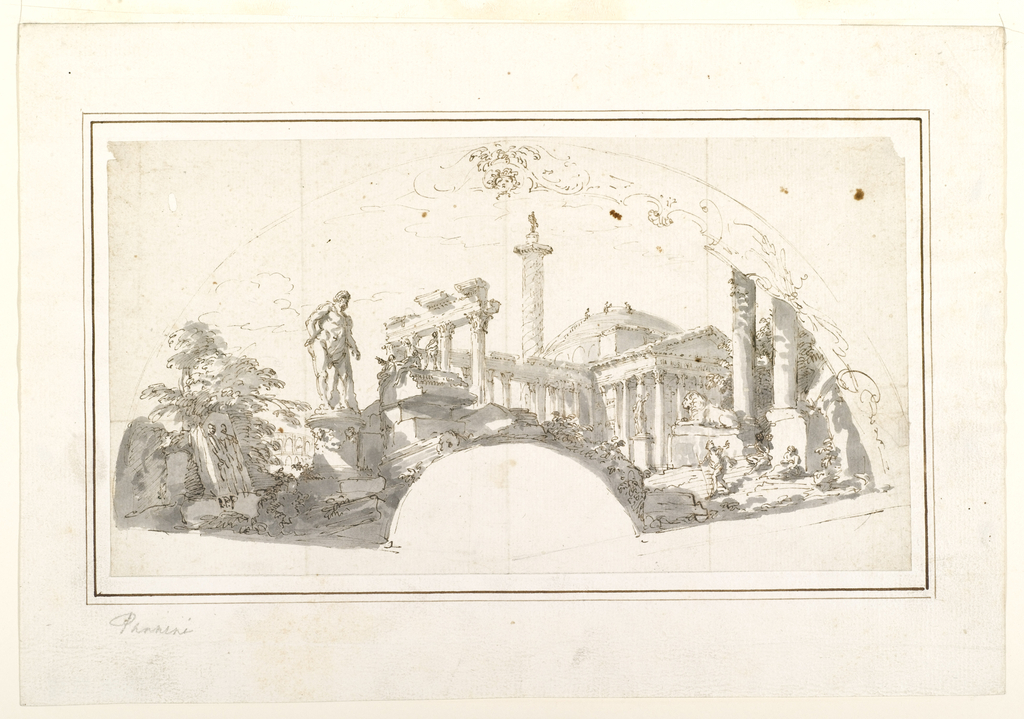Don’t get these twisted: the Via Portico d’Ottavia is an area of ancient ruins in Rome, located in the center of the neighborhood designated as the Jewish ghetto in the sixteenth century. The Roman emperor Augustus, known for ushering in the Pax Romana period of relative peace and stability for the empire, originally built this colonnaded...
Capitalizing on growing nationalism after Italy’s unification in 1870, the Castellani jewelry company coined the term “Italian archeological jewelry.” Their copies of ancient Etruscan, Greek, and Roman works appealed to erudite consumers in Europe and America, accommodating nineteenth-century tastes for revival styles. Although based in Rome, the company promoted their designs abroad and won acclaim at...
This drawing of St. Nicholas of Bari, the model for Santa Claus,[1] was done by the artist Jean-Robert Ango (b. unknown, d. 1773) after the statue of the saint on the colonnade of St. Peter’s Basilica in Rome. Ango, originally from France, lived and worked in Rome from 1759 to 1772. During this time he...
This drawing is the creation of Jean-Jacques Lequeu, a French architect and draftsman of the late 18th and early 19th centuries. A faint inscription in the bottom right corner of the drawing announces that it is a project for a monument at the entrance to the navy arsenal in Toulon, a major port in the...
From the eighteenth century, painted fans were one of the most popular souvenirs for any grand tourist visiting Italy. In this period, fans were part of the complex network of courtly behavior and aristocratic social codes, and they were also indispensable elements for coquetry. Such fans were made with a variety of materials such as...




